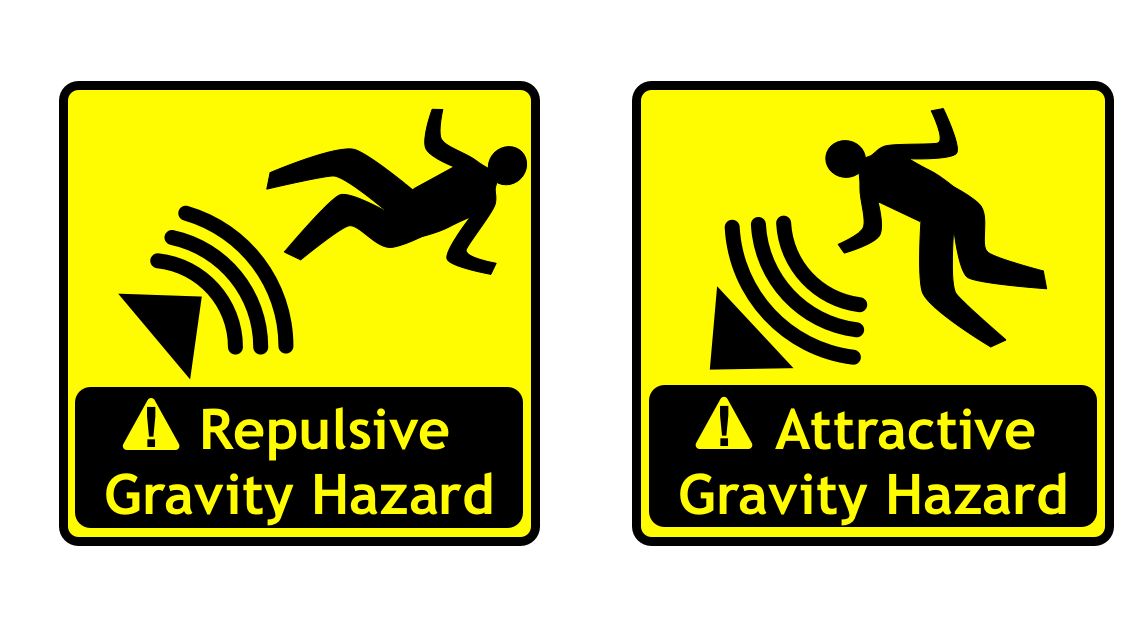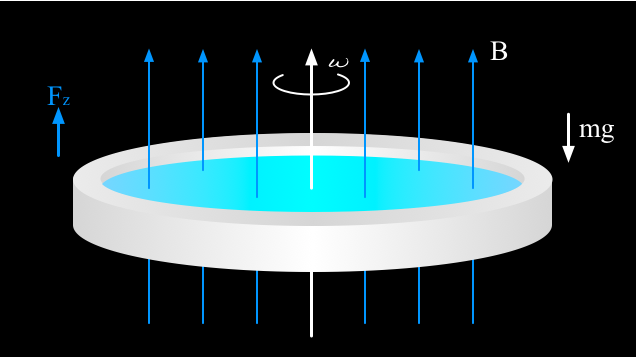If the generation of gravity-like fields can be accomplished, should we consider its unencumbered usage as a potential source of pollution?
What is pollution? A human-centric description of pollution would be the “introduction of contaminants into the natural environment that causes adverse changes to our lifestyle making the environment unsafe or unsuitable”. Polluting elements can be either natural or foreign. Oil is naturally occurring, but when accidentally released into the open sea it is considered a pollutant. The same can be said of waste from mining operations. When in their natural state, asbestos, coal, chromium and other heavy metals are deposits. When released into the environment either in massive amounts or small amounts close to populated areas, they qualify as pollutants.
In addition to chemicals and minerals, pollutants may also be energy such as noise, light, heat, etc. but usually not of a natural origin. Noise pollution is an excess of sound that impinges upon the activities of others and is undesirable, destructive or dangerous. It is primarily man-made. In contrast, thunder is noisy and disturbing but it is natural and not considered pollution. Astronomers and amateur star gazers disdain urban light pollution at night. The rising sun also obscures the stars, but it is not considered pollution because it is natural. Light pollution may be excessive or intrusive, but is always artificial.
These examples suggest that though naturally occurring gravity is not considered as pollution, man-made gravity-like fields may be considered so if they alter or interfere with the lifestyle or present a danger. One more point to make is that when contained at a point source, materials and energies that lead have a limited extent, making them easier to control or contain. So arsenic in the environment is a pollutant – and when found leaking from a metal drum the point source may be abated. Noise, when attenuated or enclosed at the source also reduces its impact as a pollutant. Therefore if a gravity-like field can be effectively nullified or attenuated, it becomes a potentially manageable environmental pollutant.
Another point to explore is how we measure the strength or concentration of a pollutant. Noise can be measured in decibels. Light can be measured in lumens. Radioactivity can be measured in rads or curies. How would we best measure gravity-like fields, particularly when the fields might be either attractive or repulsive? An attractive field might be measured in comparison to the known (and natural) gravitational constant “g” where a fraction of g is known as “microgravity” and a strength greater than g is known as “hypergravity”. Would the same apply to repulsive gravity-like fields? Would a simple change of sign (-) be sufficient or useful to describe repulsive microgravity or repulsive hypergravity?
The force of naturally occurring gravity between two bodies is inversely proportional to the square of their distance. Calculating the gravitational effects on bodies a known distance from an asteroid or moon is know by calculating the mass of each celestial body. Until a gravity-like force can be generated it remains unknown if its force is inversely proportional to the distance, or to the square of the distance, or some other mathematical relationship. In addition, it is unknown whether the strength of the field (which is independent of mass) increases solely by the rotational velocity of the materials generating the field or if it is also influenced by other variables such as the power applied to (in the case of the EHT bench test designs) the solenoidal coils, the number of turns of the coils, the presence of nearby masses above the axially produced field, etc.
Experiments performed by Martin Tajmar and published in 2006 measured strong gravity-like fields in close proximity to spinning superconductors. In fact, the force measured for one published paper was equivalent to a similarly dense material on the surface of a white dwarf star. Despite Tajmar’s subsequent revisions to his apparatus resulting in negligible results, it is possible that with even relatively small samples of matter the gravity-like force generated could be quite high, though possibly very local.
Extended Heim Theory (EHT) posits that gravity-like fields might be generated and sustained by the spinning of superconducting materials at a constant rotational velocity. It proposed the generation of fields rather than the shielding of naturally occurring gravity. Other than opposing one repulsive gravity-like field with another repulsive field, the theory does not give a prediction of strength over distance. This will have to be determined by experiment. Even if fields can be opposed, or shaped by the presence of other nearby fields, can they be confined? Is there a way to “cap” them, much as a magnetic field can be confined by “capping” the magnetic poles with a ferrous material. With magnetic fields, the lines of forces can be constrained within a thin shell of steel that surrounds it. Could there be an analogy for similarly constraining gravity-like fields?
Once we have a positive result in the generation of gravity-like fields, next will be the terminology we employ to describe and measure them, and the methods used to constrain and control these effects. That will likely be a role shared by the first gravity engineers and the gravity designers.

